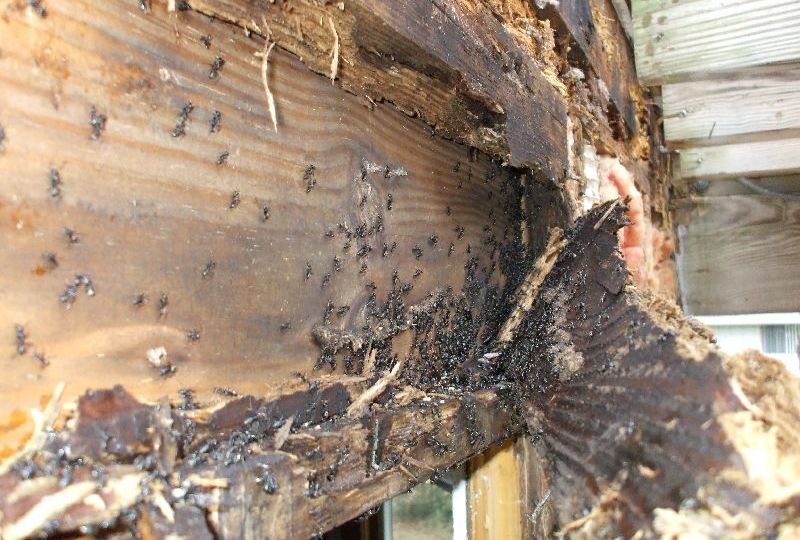
Trying to find out how to get rid of termites can be confusing and stressful, because right now, you may be sitting next to a bajillion termites nibbling their way through your house and straight into your wallet–a nightmare termite problem.
Silent house-killers, termites can be chowing down under your couch while you read with your kids or watch TV.
But how do you find them?
Make an appointment with yourself to check out the crawlspace or basement, especially where the foundation is near the ground. Then, “think like a bug.” Look for what they’re looking for, namely moisture.
Signals include a musty smell, mold, mildew, soaked insulation, wet ground, even standing water. Also look for “termite tunnels.” They are like little veins across walls and on wood surfaces; if you see them, they’re a sure sign of termites.
Q: How do you get rid of termites?
A: Think like a bug.
When should you call a professional?
While we recommend calling a pest control professional to make the live bugs dead, it’s important to note that termites can’t live without moisture. So after you kill the termites, invest in a dehumidifier to keep the problem from resurfacing later.
Not only does removing excess moisture help control and kill termites, getting rid of that moisture using a dehumidifier is a giant, chemical-free, leap to a healthier home and healthier air for your family to breathe.
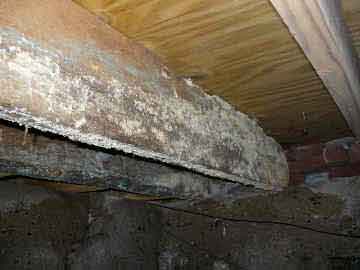
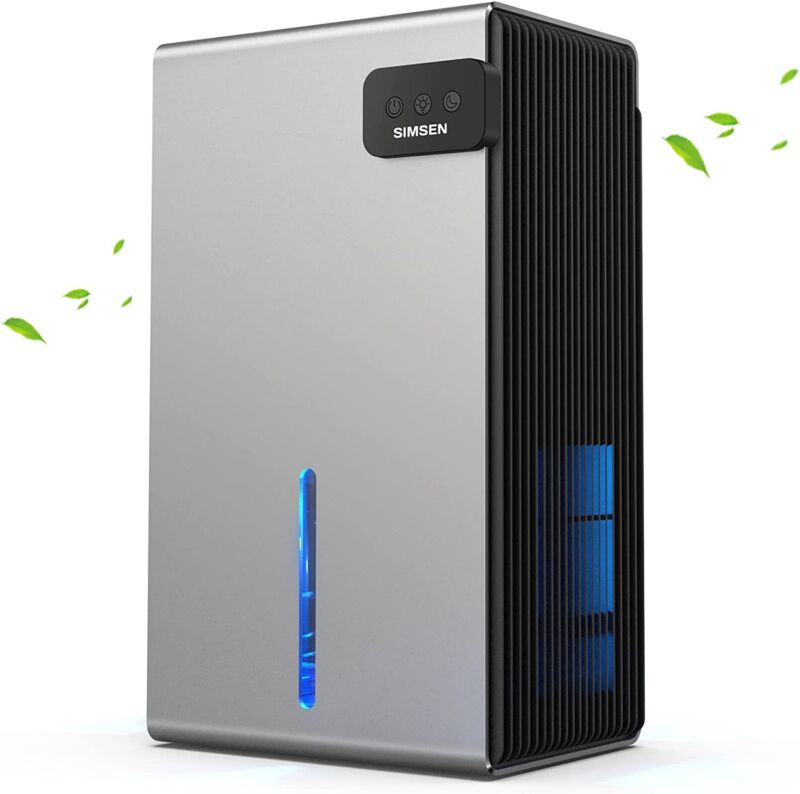
What does excess moisture do?
Excess moisture may also be degrading the framing and air quality. If the house framing is in contact with masonry or concrete and it gets wet, now you’re in a race with structural issues and unhealthy air, termites, or rot.
While there are various insulation and vapor barrier details that will help you conserve energy and improve air quality by inhibiting moisture entry in the first place—check with your local building department, details can vary by region.
A powerhouse dehumidifier like a Santa-Fe is what we use. Like our houses, it’s built for life not a few seasons. It runs quietly and is purpose-built to hammer out the humidity.
Beat the termites. Outrun the rot.
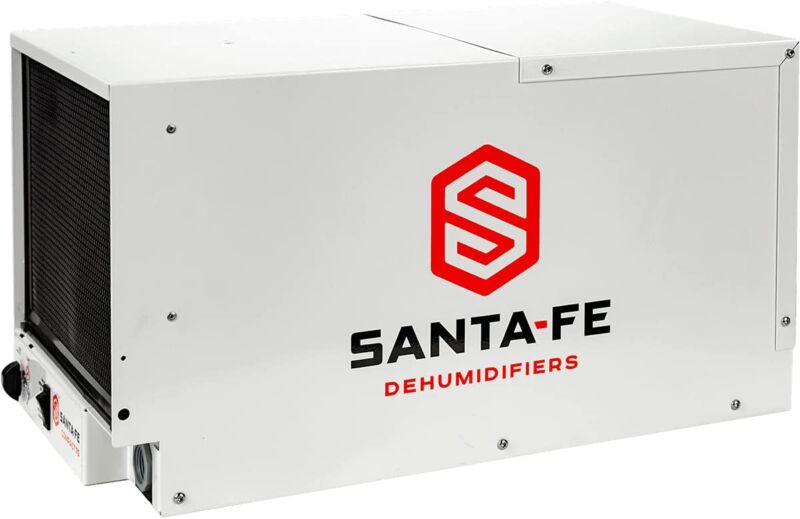
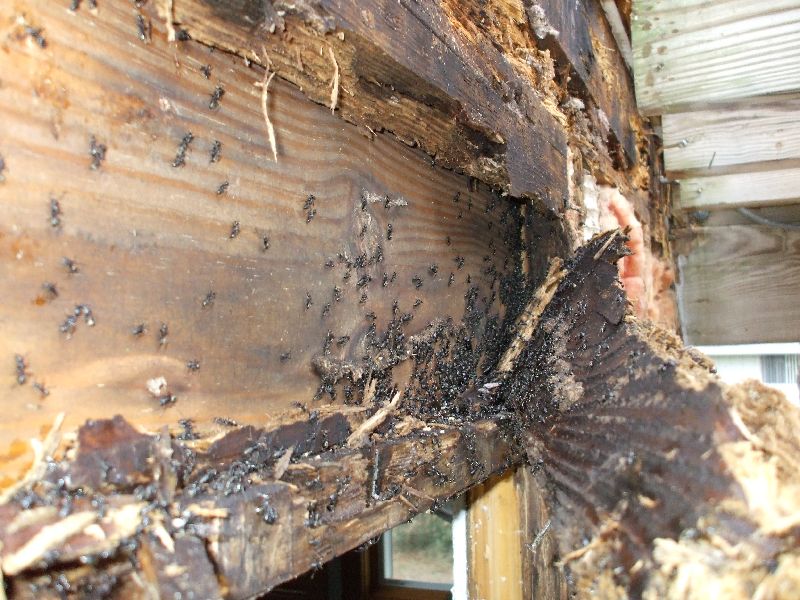




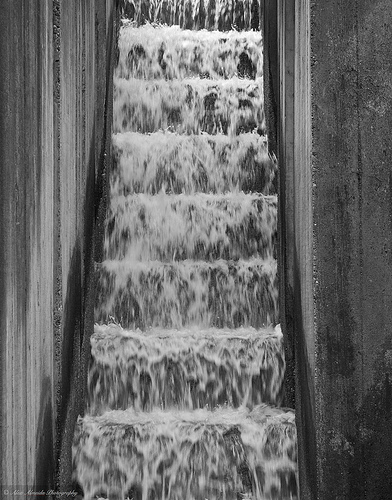

Greetings there! Our crew recently read your insightful article about managing unexpected water issues and
had to say thanks.
As a certified damage-restoration outfit based in Long Island, we completely agree with your point on immediate action. Minutes
matter when mold can start forming!
If homeowners here ever need round-the-clock help with asbestos removal,
you’re welcome to get in touch via asbestos removal nassau county for complimentary inspections.
Our hotline’s open day or night.
[…] old homes, homes near water like a stream, homes where there are high water tables, and homes with crawl spaces—you’ve got a flood of a different order. It’s more like a slow leak that can […]